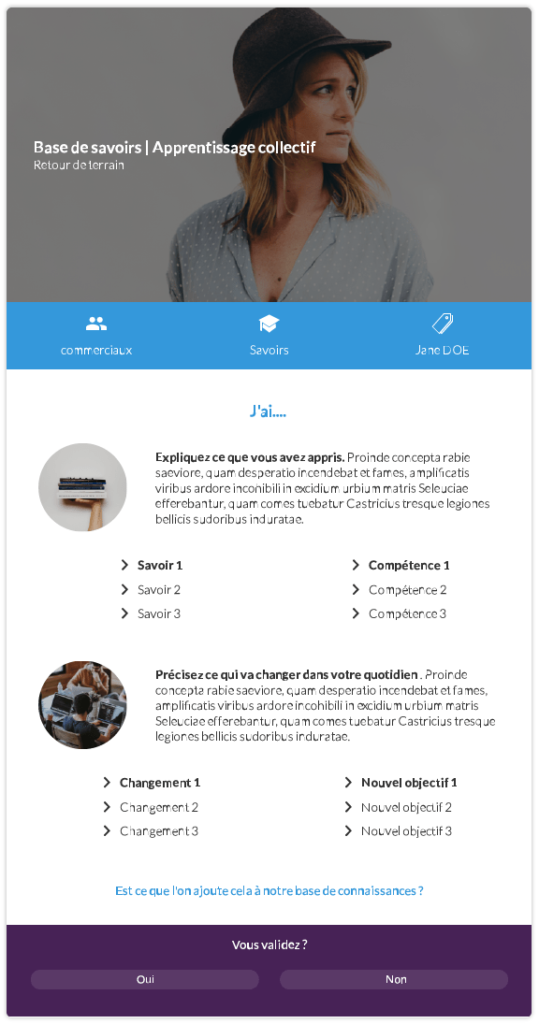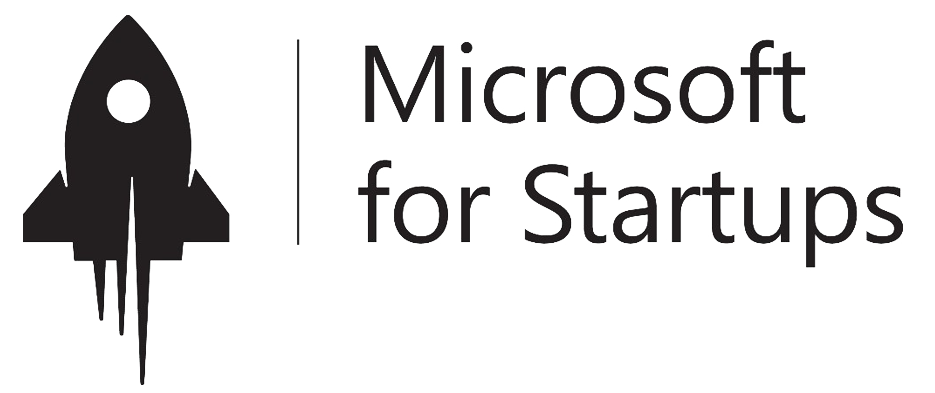04 Aug

Knowledge sharing is critical to a company’s success; it can facilitate decision-making, create learning organizations and stimulate innovation.
But we are already receiving a very impressive amount of information, and this continuously!
👉 Discover the “Project Management” template pack
It’s as if every person in the world was reading about 174 newspapers a day.
This information overload is at the expense of quality. This is also where knowledge sharing comes in! It allows to manage it well, to share it better and to circulate it throughout the company. Thus, employees’ knowledge persists even after they leave, because it is transmitted to others, individual knowledge becomes collective and specific to the company, and thus participates in continuous improvement! For example, in the case of problem solving, if a person is confronted with a given problem and overcomes it, he will forcibly learn from it, if he transmits this learning to his collaborators, when another person is confronted with an identical problem he will be able to solve it more easily and quickly.
By the way, what’s a knowledge?
There are two types of knowledge:
The implicit ones that can be acquired through a conscious effort to learn them (definitions, new concepts, processes, etc.) and the implicit ones that are learned without our knowledge, through repetition, imitation and experience (way of doing this or that, intuition…).
Zoom on the two types of knowledge :
- Explicit: the one we know how to express! It is the body of knowledge that an individual can memorize and consciously retrieve and then express through language. It is therefore easy to transmit (a process, the production of a product, the way to fill out a document).
- Implicit or Tacit: those that we do not know how to express, of which we are not necessarily aware. They are therefore more difficult to transmit.
However, when it is appropriate to share one’s knowledge with others, one’s expertise, know-how and experience in a particular field, it is the totality of implicit and explicit knowledge that should be shared!
The +++ of knowledge sharing :
- Enable better and faster decision making
- Making the best problem-solving experiences reusable
- Stimulating innovation and growth with better results
- Improve customer satisfaction
- Reducing the loss of know-how
So, how do we promote knowledge sharing?
> Your workspace should be conducive to conversation.
It is not something that is often thought of first, but the impact of physical space, of the work environment on knowledge sharing is extremely important. Think of the coffee machine space, for example: nothing has the power to bring people together like coffee does, and having several “coffee machine” spaces throughout the office will encourage people to talk to colleagues they are not used to interacting with.
Your meeting rooms: nobody said that your meeting rooms should only consist of a large table, fixed in the middle, which requires that everyone is seated in a well-ordered rectangle! Some of your meeting rooms can be made up of several smaller, more comfortable tables, with armchairs for example.
Common spaces: think of your common spaces not as corridors where employees walk, but as places where they can sit and chat for a while.
Not convinced? Here is the proof by (counter) example! Think of fast food, where space is thought of not to invite you to stay, but on the contrary to push you to eat quickly, not to argue and to leave! Tight, uncomfortable seats and high partitions between the different spaces, that’s exactly the opposite of what you have to put in place!
> Encourage different forms of knowledge sharing.
Your employees have different abilities. Not everyone is a speaker, not everyone is a round table professional, and not everyone feels comfortable sharing their knowledge with the whole company. But your ultimate goal is for everyone to be able to share their knowledge, so allow your employees to start where they are comfortable and share their knowledge in their own way! Every team member has something valuable to share, but it can be done in many different ways:
- Face to face
- In contribution mode (on a project, a problem solving)
- Off-site
- In a digital way
Encourage a variety of modes so that everyone can find their place and have a privileged moment to share their knowledge!
Put forward the bearers of knowledge
Everyone likes to be rewarded and there are many ways to do so. Don’t make knowledge anonymous, but give credit to those who share their knowledge sharing, processes, and teachings! You can even provide prizes, organize contests, games… in short, be creative in the way you encourage your teams!
Rethink your onboarding and your trainings
Onboarding, continuing education and knowledge sharing are more than linked! Your new recruits need to feel comfortable from the outset to share their knowledge sharing and bring a fresh perspective. It is important that your new recruits contribute and collaborate from day one! To achieve this:
- Assign a mentor to each new recruit, someone they can turn to for questions and feedback.
- Encourage the new employee to share his or her feedback on what he or she discovers, at different times (first days, first week, first month).
Find knowledge sharing software that is right for your organization
You spend a lot of time searching for your content in Dropbox or Google Docs? The right knowledge sharing software will allow you to easily and quickly search for content, ask questions, provide feedback, comment, quickly find out who’s an expert on a topic, store documents and videos, encourage training and Onboarding. So that everyone can share their ideas!
You have understood that if it is well led, well framed and well evaluated, the knowledge sharing will be beneficial to all your collaborators as well as to the whole company.
There is a Cocoom template for that!
The other articles on the templates of the “Project Management” pack:
Update on problem solving
4 tips to set up an effective suggestion box in yo…
How to write a project scoping note?





